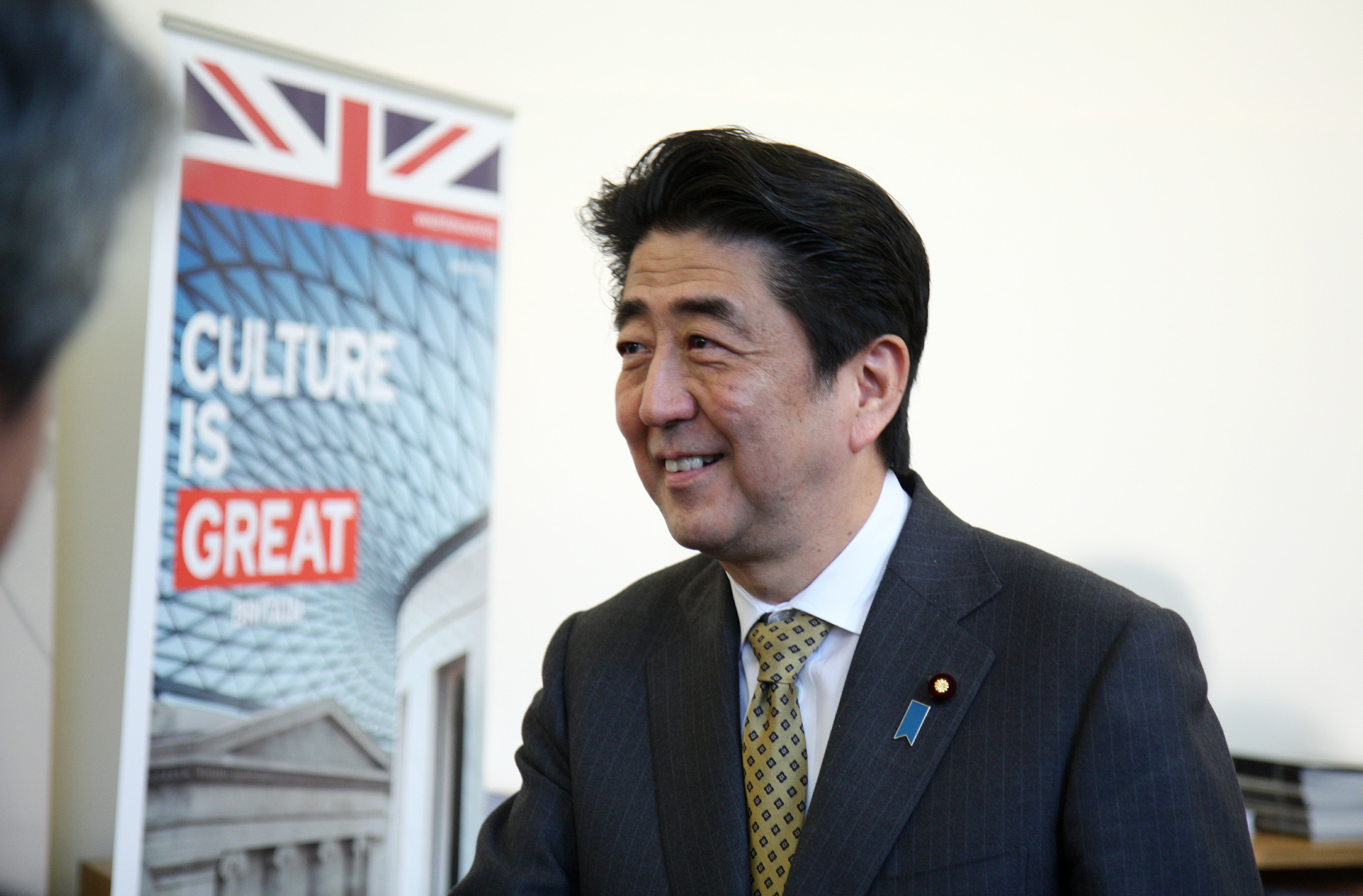Abenomics: A Fiscal Breakthrough for Women and Migrants

Despite Japan experiencing its harshest recession since the 2008 financial meltdown in early 2014, Japanese Prime Minister Shinzo Abe seems to have formulated policies that are conducive to Japan’s recovery. The economy has gone through a small but substantial growth in the last six quarters, which could be attributed to the effects of Abenomics. Setting an unprecedented record unseen in Japan in the past twenty years, the stock market has reached a twenty-one year high, whilst the job market is also saturated with opportunities.
In the face of a rapidly aging population, policymakers have had to shift their understanding of the factors that go into policy-making and decision-making. This endeavour has been aided by Abe’s economic philosophy. Furthermore, Japan has traditionally seen relatively low involvement of women and foreigners in the workforce, compared to other Western democracies. Thus, times may be changing for Japan.
A look Into Japan’s Future Economic Environment
Abenomics is a package of various monetary and fiscal policies designed to reform and stimulate the stagnating Japanese economy. There are three aspects or ‘arrows’ to the programme. Firstly, fiscal expansion, where liquidity is injected into the economy, is a high priority. The government has taken on new levels of public debt to invest in infrastructure. Corporations are also enjoying tax breaks as an incentive to increase spending on capital. Secondly, quantitative easing has been introduced in a major way. Negative interest rates are adopted by the Central Bank and other commercial banks in the short term to allow easy borrowing as a solution to drive domestic consumption. Thirdly, structural reform is a long term, yet critical process. Specifically, policies are aimed to improve corporate structures and labour liberalization, as well as incentives to integrate more women and migrants in the workforce.
Ultimately, the Abenomics package is a comprehensive but ambitious one. Many critics argue that the infrastructural reform in which Japan is in dire need of, has seen little change. They believe that the measures taken so far in efforts of the third arrow of the policies, are proving to be ineffective. Contrastingly, the International Monetary Fund (IMF) released a statement this summer, declaring that Abenomics has “proven successful” in improving the financial conditions of the Japanese economy. This stance is further appreciated considering the IMF had been consistently urging Abe to “reload” his economic policies, seeing as little progress had been made in meeting inflationary target goals of 2%. This relatively sudden shift in Japan’s economic performance begs the question: Have Abe’s policies finally caught momentum for the economy’s needed and long-awaited revival?

The Lost Decades
The problem began for Japan with the asset price bubble bursting in 1991, which saw severe inflation in the stock market and real estate. Since then, Japan has suffered from deflation and stagnation for almost two decades. Coupled with weak consumption, Japan’s economy shrank at an annualized rate of 1.4% at the end of 2015. Business cycle contractions in the last several quarters have also negatively contributed to real output, leading many to question the effectiveness of Abenomics in tackling the country’s deflationary problems. At the same time, the country’s deeply entrenched deflation was, and continues to be worsened by serious demographic problems. The country faces a significant reduction in the size of the available workforce. Abe has also pushed for a hike in consumption taxes, from 8 per cent to 10, a questionable choice considering that Japan’s low domestic consumption (household spending) has been slowing down economic growth. However, Abe has been forced to postpone the policy in the last two years to allow the economy to expand, but he remains persistent to seeing this policy implemented as a way to increase the government’s fiscal measures.
Presently, the IMF has warned Japan that they will continue to face significant challenges to its policy-making and policy implementation due to the government’s unprecedented level of public debt and long-time demographic problem.
New Employment Opportunities for Women and Migrant Workers
Given that unemployment is one of the root causes of stagnation, Prime Minster Abe has seemingly moved away from merely monetary measures, towards resolving issues of employment. There have been greater attempts from the government to drive employment levels up, particularly from a groups that have traditionally been excluded from, or been less involved with the workforce. According to government data, job availabilities in Japan are at a record 43-year high.

Abemomics has promoted measures dedicated to increasing female employment through its arrows of structural reform. Abe has been an advocate for this policy in hopes that it would increase efficiency and diversity in corporate Japan. This reform has led many corporations to take on new employment schemes that target the female population to saturate available jobs. However, there are several barriers to entry into the workforce for women. While we can definitely see progress in the attitudes towards working women, many of the jobs available are part-time or temporary ones. For instance, homemaker women in particular, are asked to work as cashiers, cleaners or cooks for convenience stores and fast-food restaurants, and other minimum wage paying occupations. High paying and popular sectors like finance and business remain relatively static. Finance companies tend to mainly recruit university graduates, and well connected individuals. They are still very competitive despite rising availabilities in the overall job market. Thus, such service sectors consist of legitimate barriers to entry for women that warrant dissolving.
Nevertheless, empowering women by structurally transforming the job market might be what the economy needs to trigger consumption, and inflation in the future. From a gender equality and equity perspective, there are no drawbacks from such policies. It would also see a spike in household income, and subsequently household spending. An increase in affordable consumption is a key indicator of a booming economy – an outcome the country is keen to see.
Migrant workers might emerge as a possible solution to Japan’s deflation problem, and possibly to its demographic problems through employment. Japan is notorious for its strict migration policies. The nationality law demands jus sanguinis (meaning ‘bloodright’); the law states that citizenship is attributed by blood and not by birth . This makes it hard for foreigners, and those born within the country, to work in Japan as they do not have opportunity to relocate permanently. Foreigners are also less inclined to take up jobs in Japan believing that they may face obstacles in immigration, as well as barriers to social assimilation and cohesion. However, job creation tends to compel countries to seek candidates beyond their domestic pool. In 2016, Japan saw a record of foreigners living in Japan with 2,382,822 foreign nationals registered. It seems that companies are starting to

The Question of Abenomics’ Success & Sustainability
One cannot extensively comment on the ‘success’ of Abenomics because its full effects are yet to be seen. But the government has taken steps in the right direction. Measures such as marketing available jobs towards women and workers, in hopes of attracting a larger and efficient workforce relieves the economy of demographic issues. It can be argued that such measures have fostered changing attitudes towards the image of the traditional worker. One can only hope that this increasing openness will transform traditional notions of women as housewives, apart from experiencing economic improvement with the inclusion of female workers in Japan.
Jacklyn Chan is a Philosophy and Political Science student at McGill University. She has also completed an exchange semester in Tokyo, Japan, where her interest in Japanese affairs grew.
Edited by Arnavi Mehta.
